Home>Garden Essentials>How Many Herb Seeds To Plant In A Pot
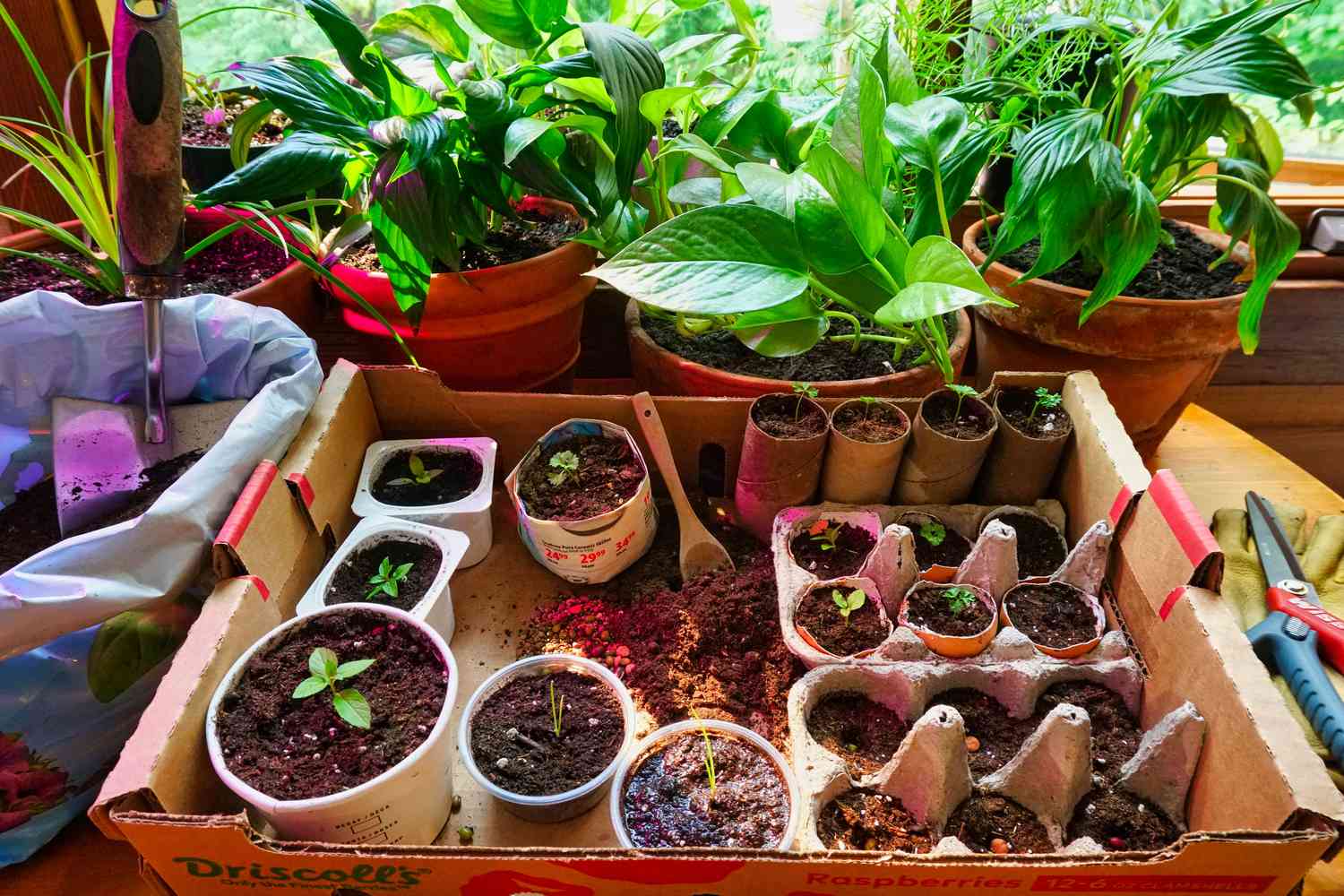

Garden Essentials
How Many Herb Seeds To Plant In A Pot
Modified: March 15, 2024
Discover the perfect garden size for your potted herbs with our helpful guide. Learn how many herb seeds to plant in a pot for a successful garden.
(Many of the links in this article redirect to a specific reviewed product. Your purchase of these products through affiliate links helps to generate commission for Storables.com, at no extra cost. Learn more)
Introduction
Growing herbs in pots can be a rewarding and convenient way to have fresh ingredients at your fingertips, whether you have limited space or simply enjoy the convenience of having a mini herb garden on your patio or windowsill. When planting herb seeds in a pot, it’s essential to consider factors such as pot size, seed quantity, and proper care to ensure successful growth.
In this article, we’ll explore the factors to consider before planting herb seeds in a pot, recommended pot sizes for different herbs, how to determine the number of seeds to plant in a pot, and some essential tips for successful herb seed planting. So, let’s get started and create an abundant and flourishing herb garden in your very own pots!
Key Takeaways:
- Choose the right pot size for your herb seeds to ensure they have enough room to grow and access essential nutrients. Small pots work for basil and chives, while larger pots are best for bay leaf and tarragon.
- When planting herb seeds, consider factors like light, pot size, and seed spacing. Follow seed packet instructions, provide adequate sunlight, and thin out seedlings for healthy and bountiful herb plants.
Read more: How To Plant Herb Seeds
Factors to Consider Before Planting Herb Seeds in a Pot
Before you embark on your herb seed planting journey, there are a few important factors to consider. By taking these into account, you’ll be better equipped to provide the optimal growing conditions for your herbs, leading to healthier and more productive plants.
- Light Requirements: Herbs generally thrive in full sun, requiring at least 6-8 hours of direct sunlight each day. When choosing a location for your pots, ensure they will receive adequate sunlight. If you have limited sun exposure, consider herbs that tolerate partial shade, such as mint or parsley.
- Pot Size: The size of the pot is crucial for the proper growth and development of your herbs. Larger pots offer more room for root growth and better moisture retention. Most herbs prefer pots that are at least 6-8 inches deep and wide, but some varieties, like basil or chives, can do well in smaller containers.
- Drainage: Proper drainage is essential to prevent waterlogged soil, which can lead to root rot. Ensure that your pots have drainage holes at the bottom and use well-draining potting soil to prevent water from accumulating.
- Temperature and Climate: Different herbs have different temperature requirements. While most herbs favor warm temperatures, some, like cilantro or mint, can tolerate cooler conditions. Consider your local climate and choose herbs that are well-suited for your specific region.
- Watering and Moisture: It’s crucial to maintain proper moisture levels for your herbs. Overwatering can lead to root rot, while underwatering can cause stress and hinder growth. Aim to keep the soil evenly moist but not soaked, and adjust watering frequency based on the specific needs of each herb.
- Fertilization: Herbs generally do not require excessive fertilization. However, you can supplement with a balanced organic fertilizer to provide essential nutrients. Follow the package instructions and avoid over-fertilizing, as it can lead to excessive leaf growth instead of robust flavor.
- Companion Planting: Consider companion planting to maximize space and create a harmonious herb garden. Some herb combinations, like basil and tomatoes or rosemary and thyme, can benefit each other by repelling pests or improving flavor.
By taking these factors into account, you can set the stage for successful herb seed planting in your pots. Now, let’s move on to the next step – exploring the optimal pot sizes for different herb seeds.
Recommended Pot Sizes for Different Herb Seeds
The size of the pot plays a crucial role in the growth and development of your herbs. Choosing the right pot size ensures that the roots have enough space to spread out and access vital nutrients and water. Here are some recommended pot sizes for different herb seeds:
- Small Pots (6-8 inches): Herbs like basil, chives, cilantro, dill, and parsley can be grown in smaller pots ranging from 6 to 8 inches in diameter. These herbs have shallow roots and do not require as much space as larger varieties.
- Medium Pots (10-12 inches): Herbs such as rosemary, thyme, mint, sage, and oregano thrive in medium-sized pots. These herbs have slightly deeper root systems and benefit from the additional space and soil volume provided by pots that are 10 to 12 inches in diameter.
- Large Pots (14-16 inches or more): Some herbs, like bay leaf, lemongrass, and tarragon, as well as perennial herbs, benefit from larger pots. These herbs have extensive root systems and require more soil volume to support their growth. Pots that are 14 to 16 inches or larger are ideal for accommodating their needs.
While these pot size recommendations serve as a general guideline, it’s important to consider the growth and size of the specific herb variety you are planting. Some herbs, like mint, have vigorous growth and may benefit from even larger pots to contain their spreading nature.
Additionally, if you plan to grow multiple herbs in the same pot, consider a larger container that can accommodate the needs of each herb and allow for companion planting. This will maximize space and create a visually appealing herb garden.
By selecting the appropriate pot size for your herb seeds, you are providing them with the ideal environment to grow healthy and thrive. Next, let’s discover how to determine the number of herb seeds to plant in a pot.
For most herb seeds, plant 2-3 seeds per pot to ensure at least one seed germinates. Once they sprout, thin to the strongest plant.
How to Determine the Number of Herb Seeds to Plant in a Pot
When it comes to planting herb seeds in a pot, it’s essential to strike the right balance between overcrowding and underutilizing the space. Proper spacing ensures that each herb has enough room to grow, receive adequate airflow, and access essential resources. Here are some tips to determine the number of herb seeds to plant in a pot:
- Read Seed Packets: Seed packets often provide guidelines on spacing requirements for each herb variety. They may recommend specific distances between seeds or advise on the number of seeds to plant per square inch. Follow these instructions as a general guideline for spacing your herb seeds.
- Consider Mature Plant Size: Take into account the mature size of the herb plants when planning how many seeds to plant. Some herbs, like basil or cilantro, have compact growth habits and can be planted closer together, whereas others, like rosemary or sage, require more space due to their larger size.
- Account for Vigorous Seed Germination: Keep in mind that not all planted seeds will successfully germinate and grow into healthy plants. To compensate for this, plant slightly more seeds than you actually need. Once the seedlings emerge, thin out the weaker ones, leaving the strongest and healthiest specimens to grow.
- Consider Growth Habits: Different herbs have different growth habits, including spreading, bushy, or upright. Take this into account when determining the number of seeds to plant. For spreading herbs like mint or oregano, plant fewer seeds and allow them to spread naturally. For upright herbs like basil or thyme, you can plant more seeds in a compact formation.
- Pot Size: The size of the pot will also influence the number of seeds you can plant. In smaller pots, it’s advisable to plant fewer seeds to avoid overcrowding. For larger pots, you can plant more seeds while maintaining sufficient spacing.
Remember that overcrowding can lead to competition for resources, stunted growth, and increased susceptibility to diseases and pests. It’s always better to err on the side of caution and provide slightly more space than necessary to ensure that each herb plant can grow to its full potential.
By considering these factors and guidelines, you can determine the appropriate number of herb seeds to plant in a pot. Now, let’s move on to some valuable tips on how to ensure successful herb seed planting in pots.
Tips for Successful Herb Seed Planting in Pots
Planting herb seeds in pots can be a delightful and rewarding experience. To set yourself up for success, here are some valuable tips to ensure healthy growth and bountiful harvests:
- Start with Quality Seeds: Choose high-quality herb seeds from reputable sources to ensure successful germination and healthy plants. Fresh seeds have higher viability and are more likely to sprout.
- Pre-soak the Seeds (if necessary): Some herb seeds, such as parsley or dill, have tough outer coats that can benefit from pre-soaking. Soak the seeds in lukewarm water for a few hours or overnight before planting to help soften the seed coat and promote germination.
- Use Well-Draining Potting Mix: Select a well-draining potting mix specifically formulated for container gardening. Avoid using garden soil, as it can become compacted and hinder proper drainage.
- Plant at the Right Depth: Plant your herb seeds at the appropriate depth according to the instructions on the seed packet. As a general rule, smaller seeds are planted shallower, while larger seeds require deeper planting.
- Water Carefully: Keep the soil evenly moist but not overly saturated. Water gently to prevent disturbing the seeds or causing soil erosion. Consider using a spray bottle or a watering can with a fine spout to ensure gentle watering.
- Provide Adequate Sunlight: Place your pots in a sunny location where your herbs can receive at least 6-8 hours of direct sunlight each day. If sunlight is limited, consider using supplemental lighting, such as grow lights, to provide the necessary light intensity.
- Thin Out Seedlings: Once the herb seedlings emerge, thin out the weaker ones to allow the remaining plants ample space to grow. This promotes good airflow and reduces competition for resources.
- Monitor Pests and Diseases: Keep a close eye on your herb plants for signs of pests or diseases. Protect your plants from common garden pests by using organic pest control methods, such as companion planting or neem oil sprays.
- Harvest Regularly: Regularly harvest your herbs to encourage bushier growth and prevent them from becoming leggy or overgrown. Enjoy the fresh flavors and aromas of your homegrown herbs in your culinary creations.
- Maintain Proper Care: Provide regular care for your herb plants, including watering as needed, fertilizing sparingly, and pruning to maintain their shape and prevent overcrowding.
Remember that growing herbs in pots requires attentive care and regular maintenance. By following these tips, you’ll create an ideal environment for your herbs to thrive and enjoy an abundant supply of homegrown flavors throughout the seasons.
With these tips in mind, you are well-equipped to embark on your herb seed planting journey. Happy gardening!
Read more: How To Grow Herbs From Seeds In Pots
Conclusion
Growing herbs from seeds in pots offers a convenient and rewarding way to have a vibrant and flavorful herb garden right at your fingertips. By considering important factors such as light requirements, pot size, drainage, temperature, and watering, you can create an optimal environment for your herbs to flourish.
Choosing the appropriate pot size for your herb seeds ensures that they have enough room to grow and access essential nutrients. Whether you opt for smaller pots for compact herbs or larger containers for sprawling varieties, providing sufficient space is crucial for their development.
Determining the number of seeds to plant in each pot takes into account guidelines on spacing from seed packets, considering the mature size of the plants, and accounting for seed germination rates. Providing the right amount of space allows your herbs to thrive and prevents overcrowding.
Successful herb seed planting in pots also requires following essential tips, such as starting with quality seeds, using well-draining potting mix, providing adequate sunlight, watering carefully, and monitoring for pests and diseases. Regular care, including thinning out seedlings, harvesting, and maintaining proper care, are essential to ensure healthy and productive herb plants.
With these considerations and tips in mind, you can create a flourishing and abundant herb garden in your very own pots. Experiment with different herb varieties, grow your favorites, and elevate your culinary creations with the flavors and aromas of fresh homegrown herbs.
So, don’t hesitate to grab your pots, select your favorite herb seeds, and embark on an exciting journey of growing herbs in pots. Enjoy the satisfaction of nurturing your plants and reaping the rewards of a thriving herb garden. Happy planting and happy gardening!
Frequently Asked Questions about How Many Herb Seeds To Plant In A Pot
Was this page helpful?
At Storables.com, we guarantee accurate and reliable information. Our content, validated by Expert Board Contributors, is crafted following stringent Editorial Policies. We're committed to providing you with well-researched, expert-backed insights for all your informational needs.
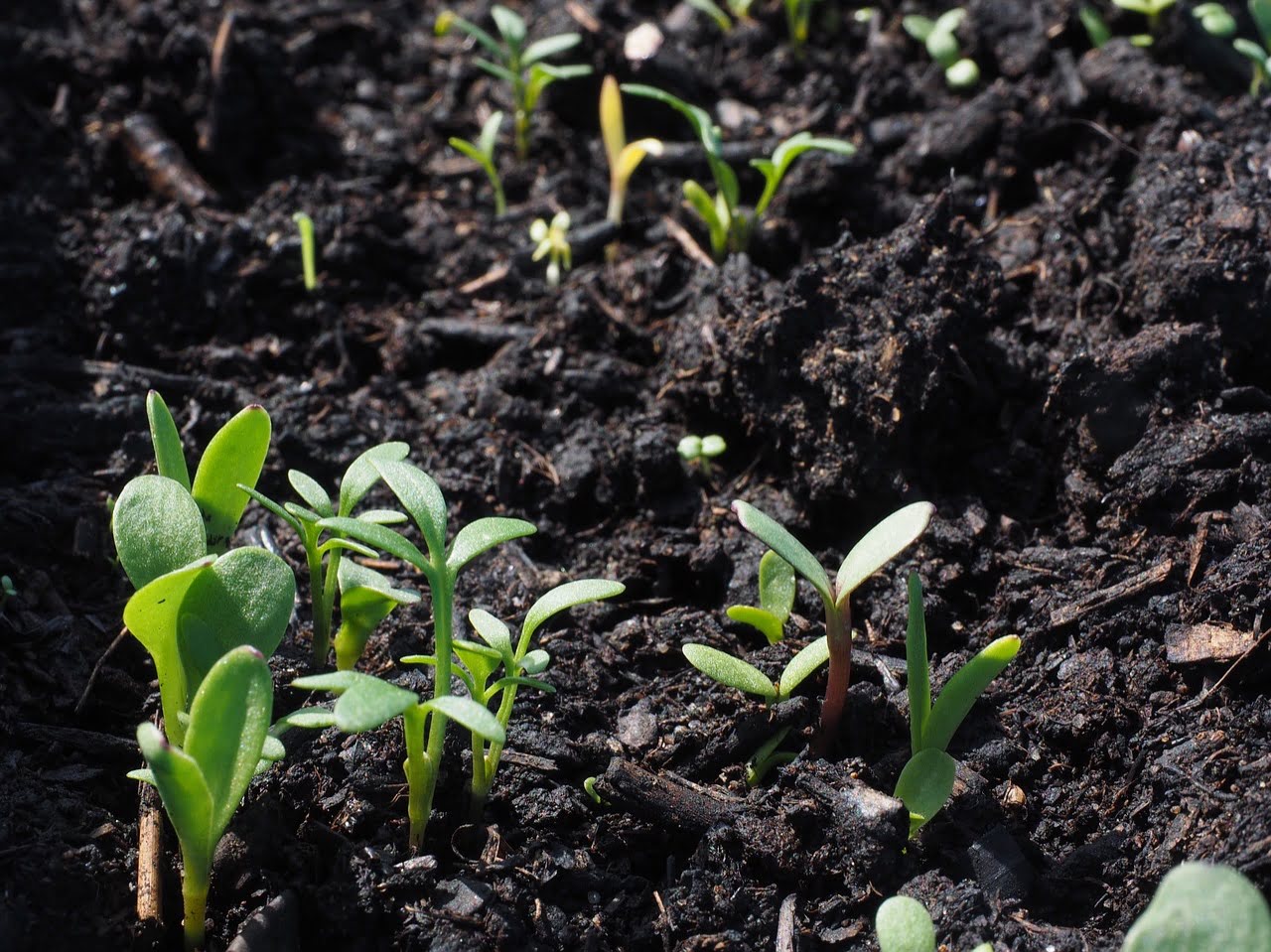
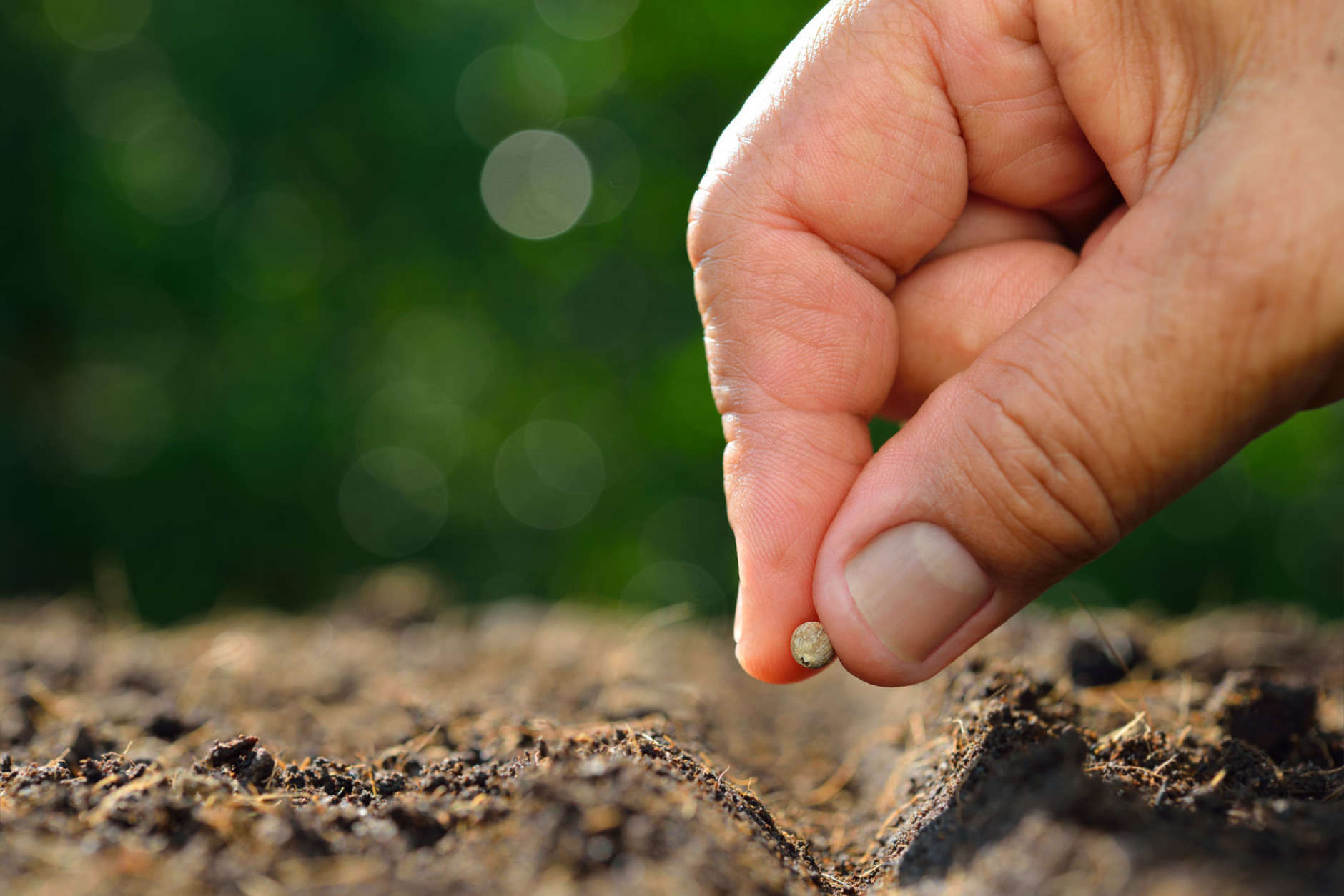
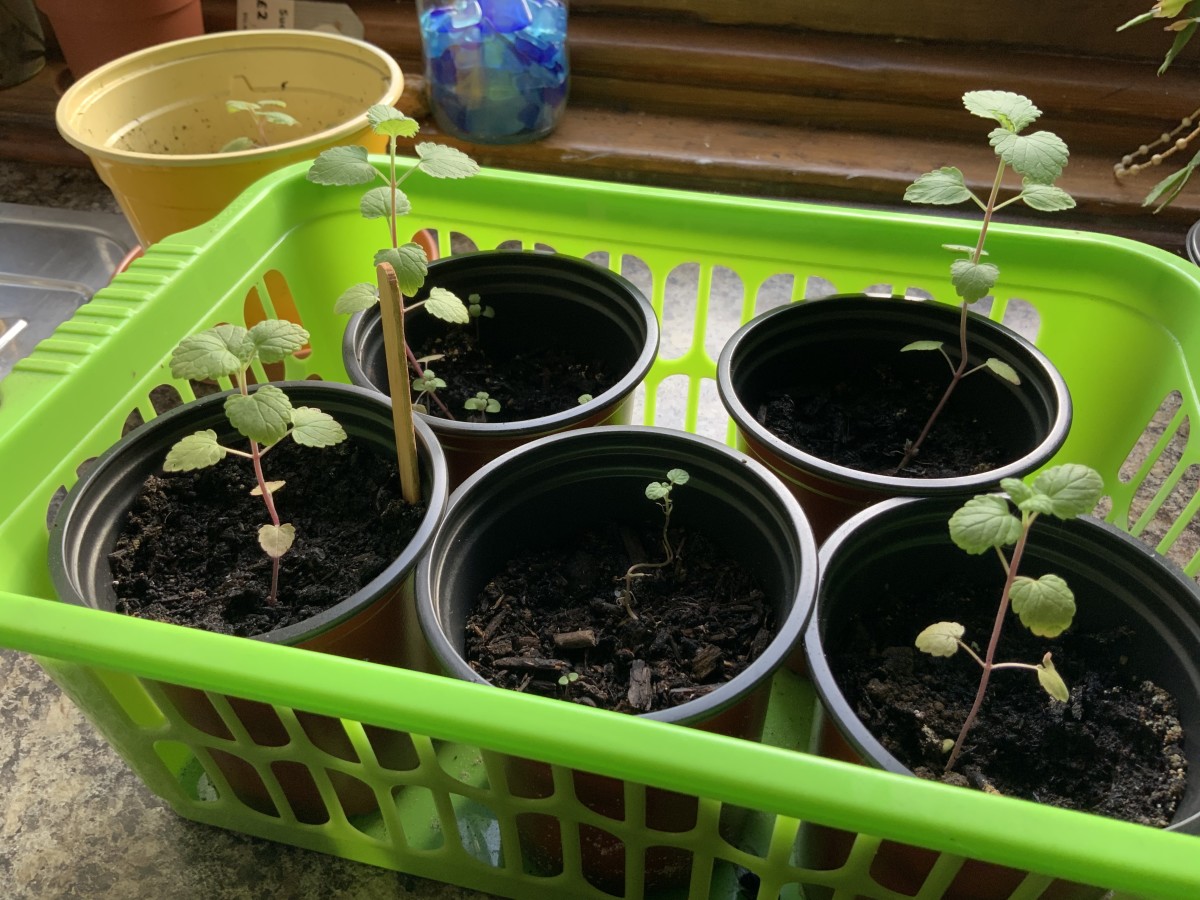
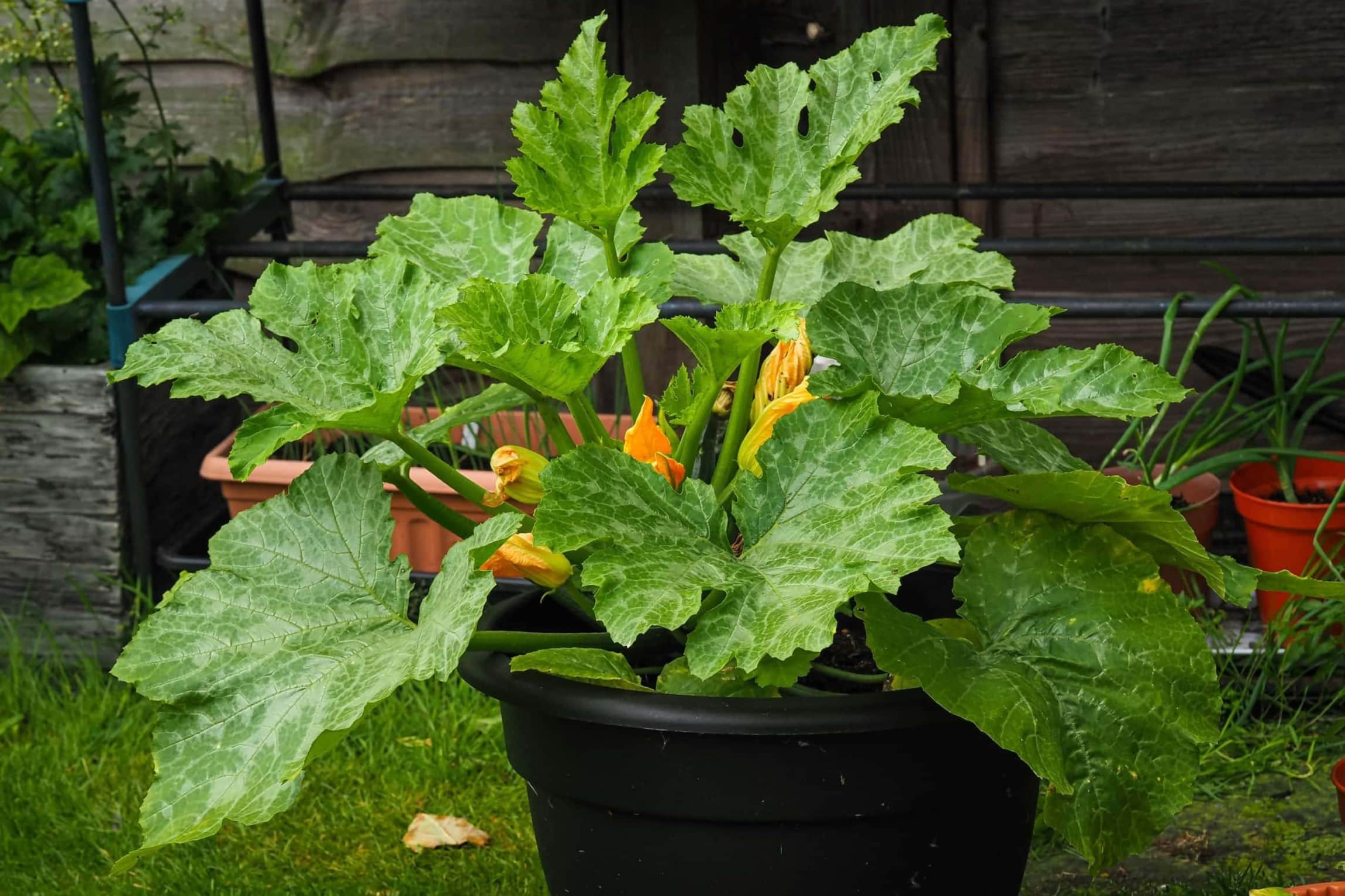
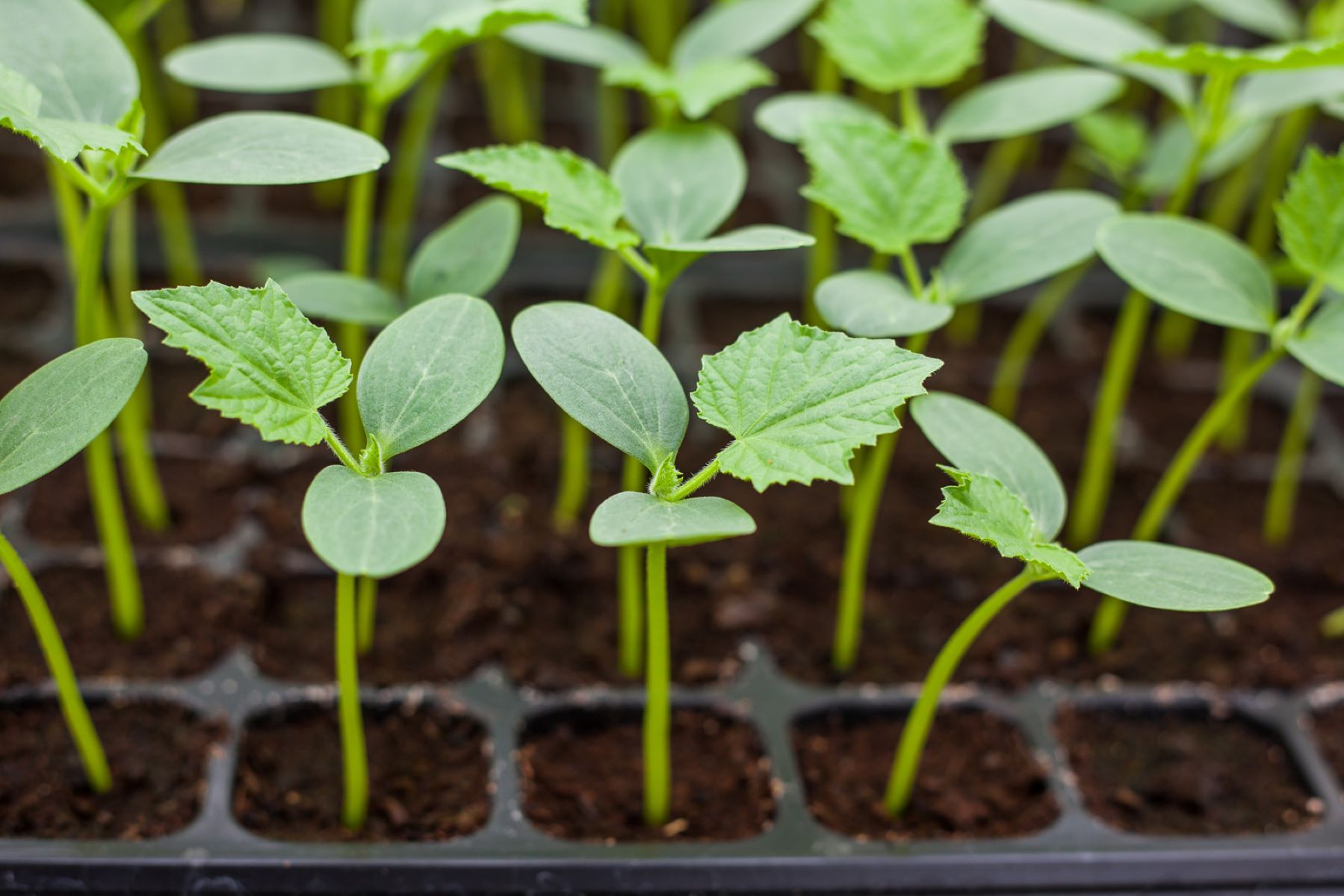
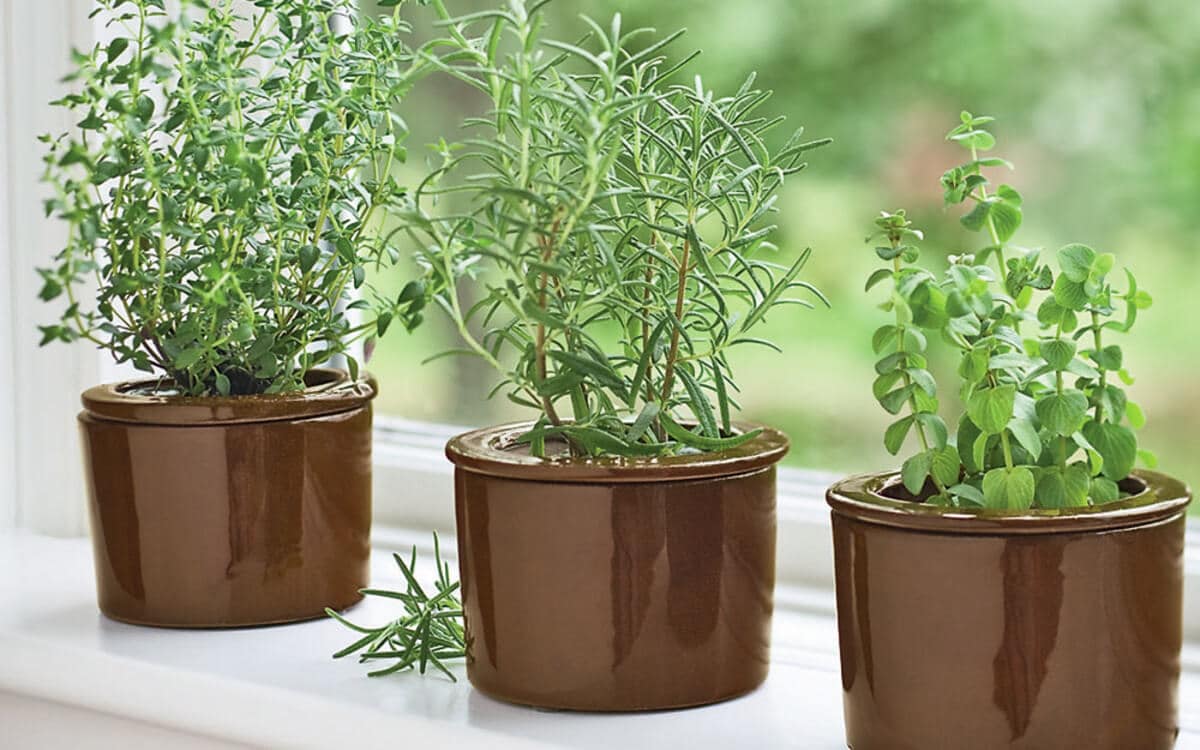
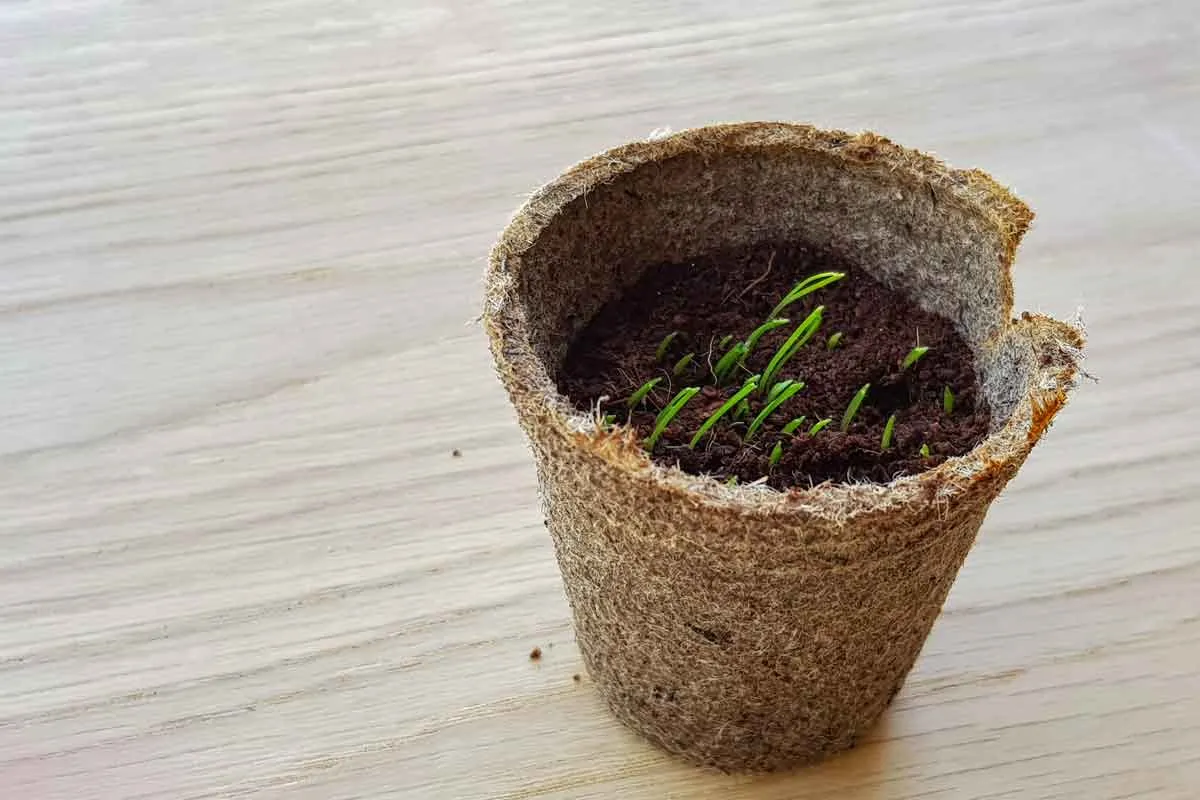
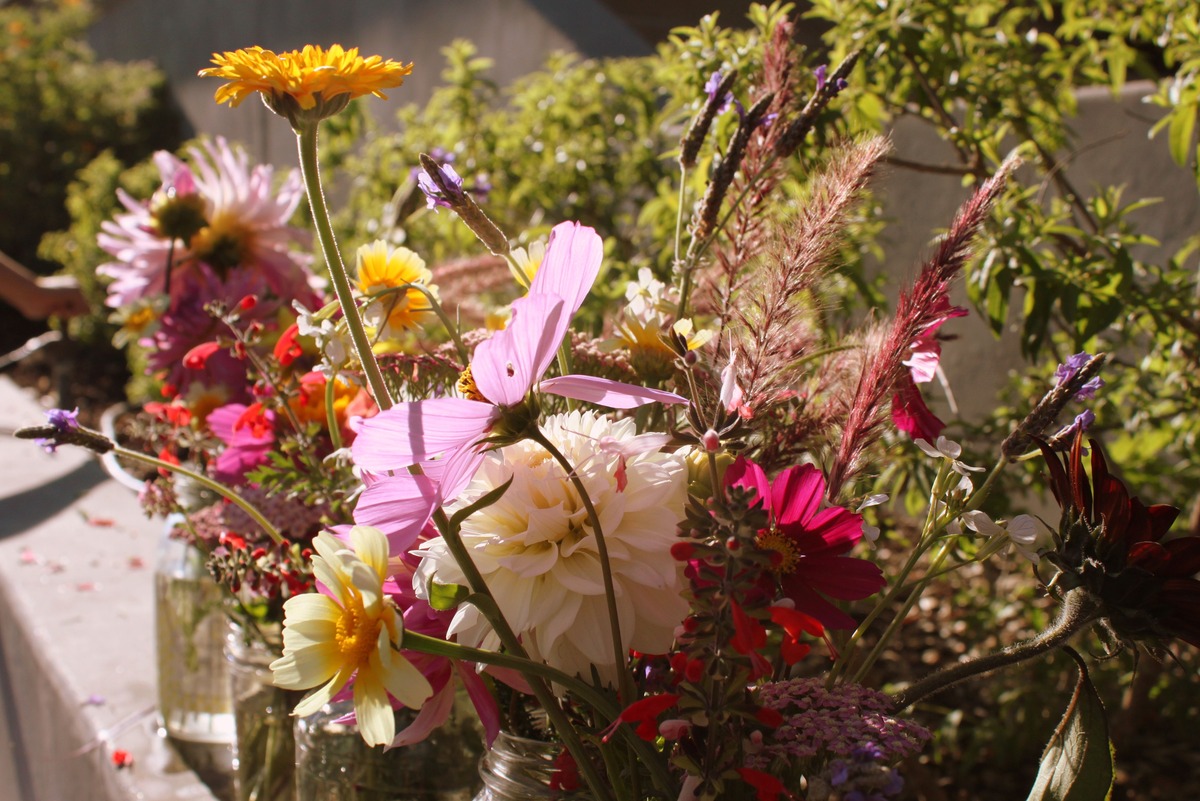
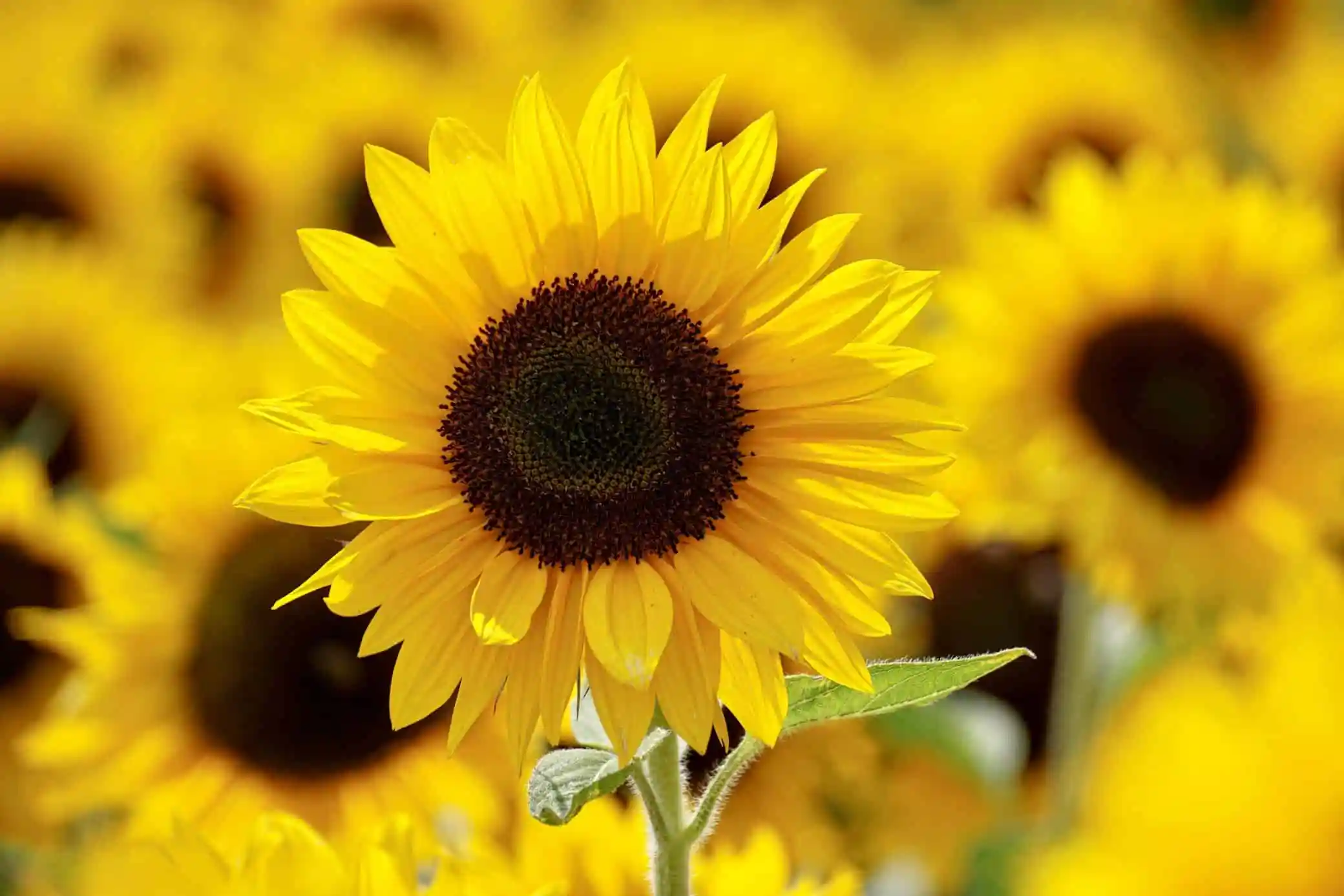
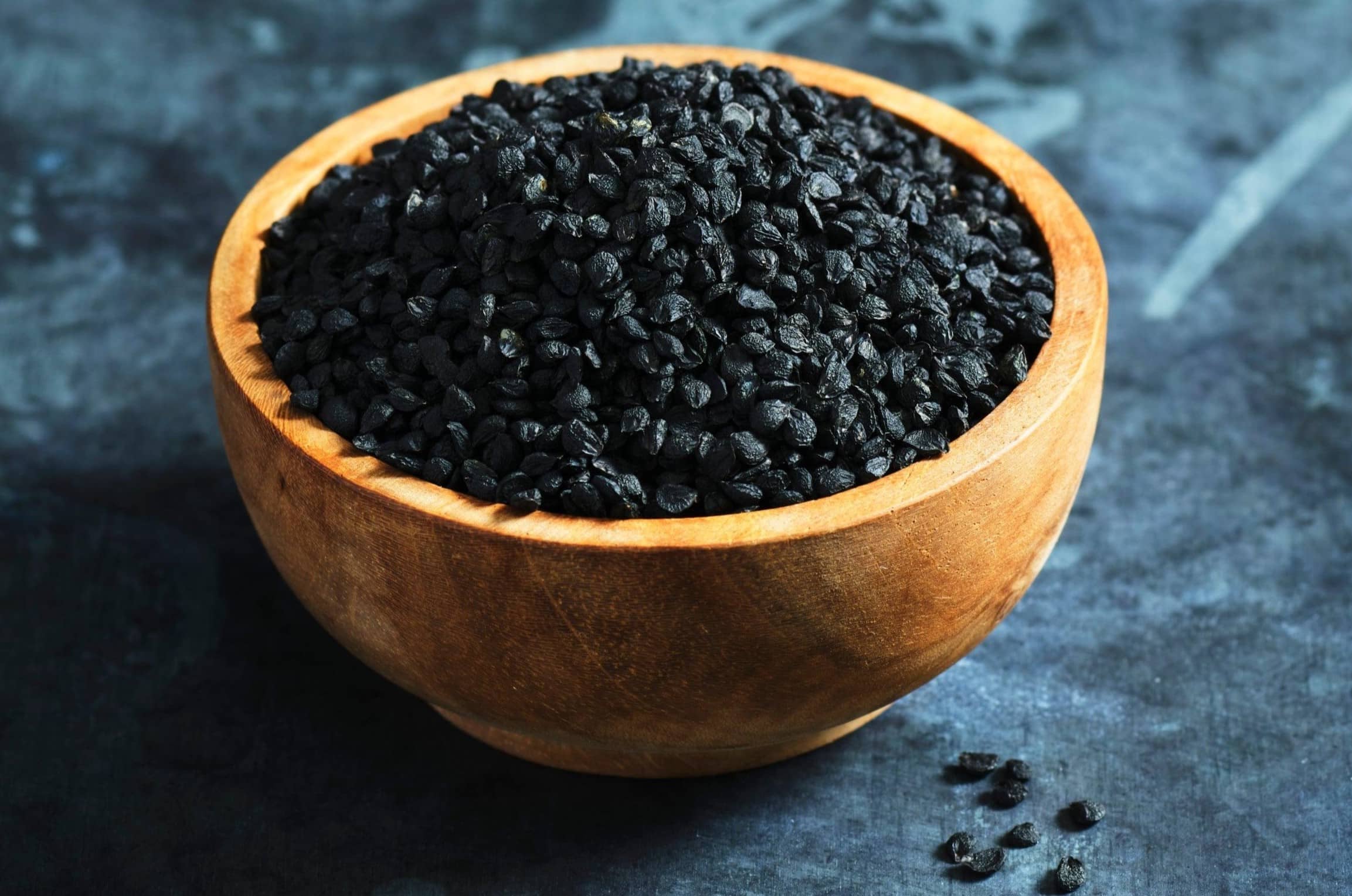
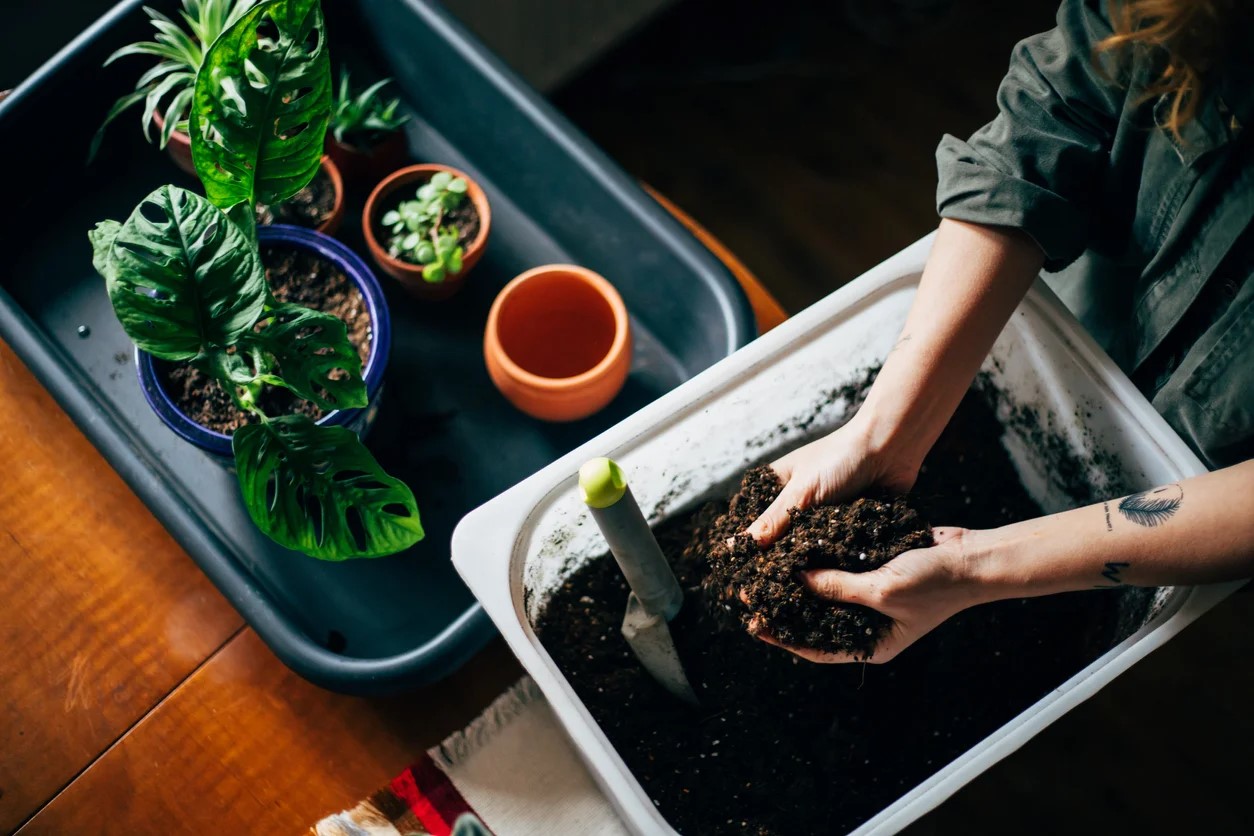
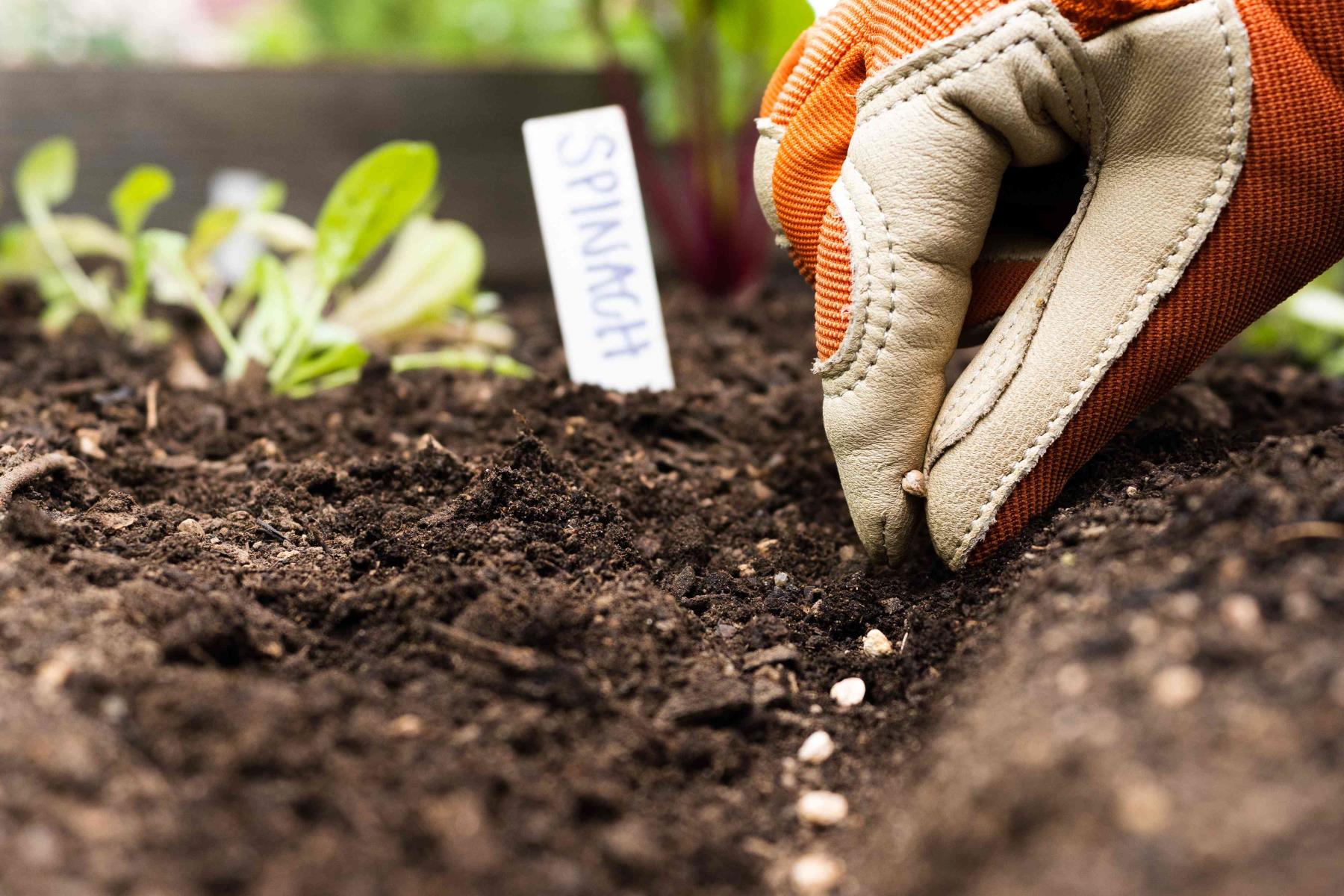
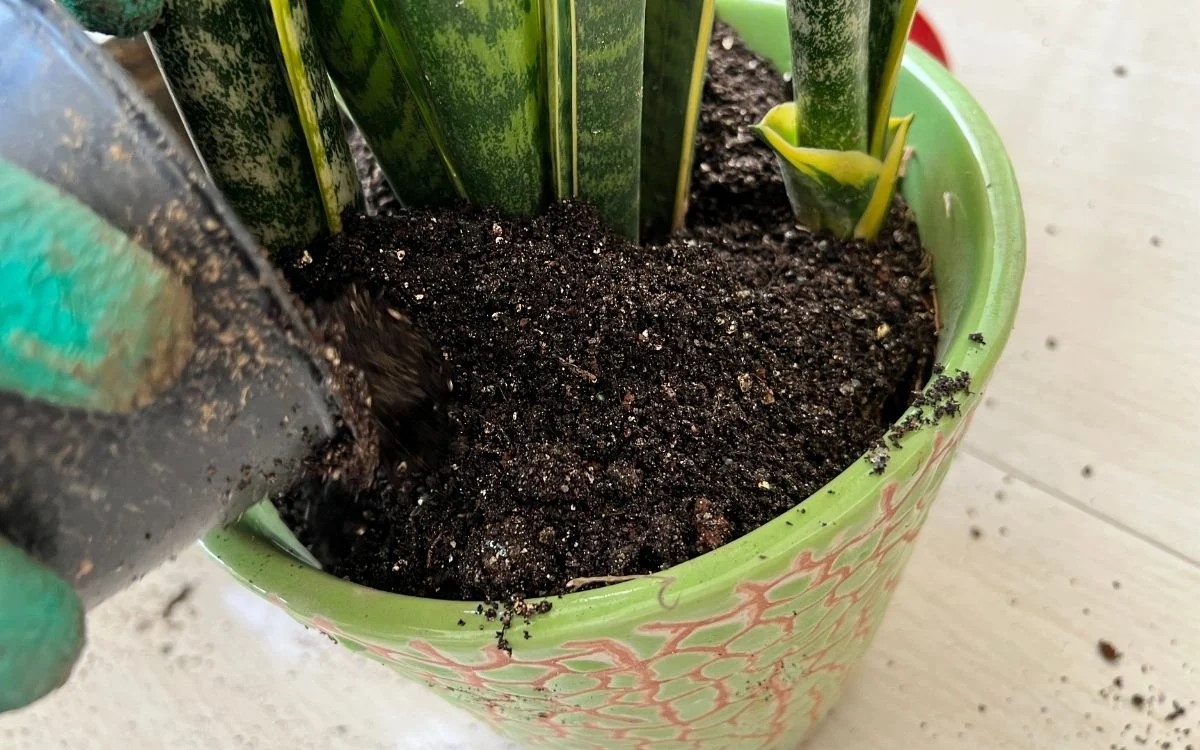
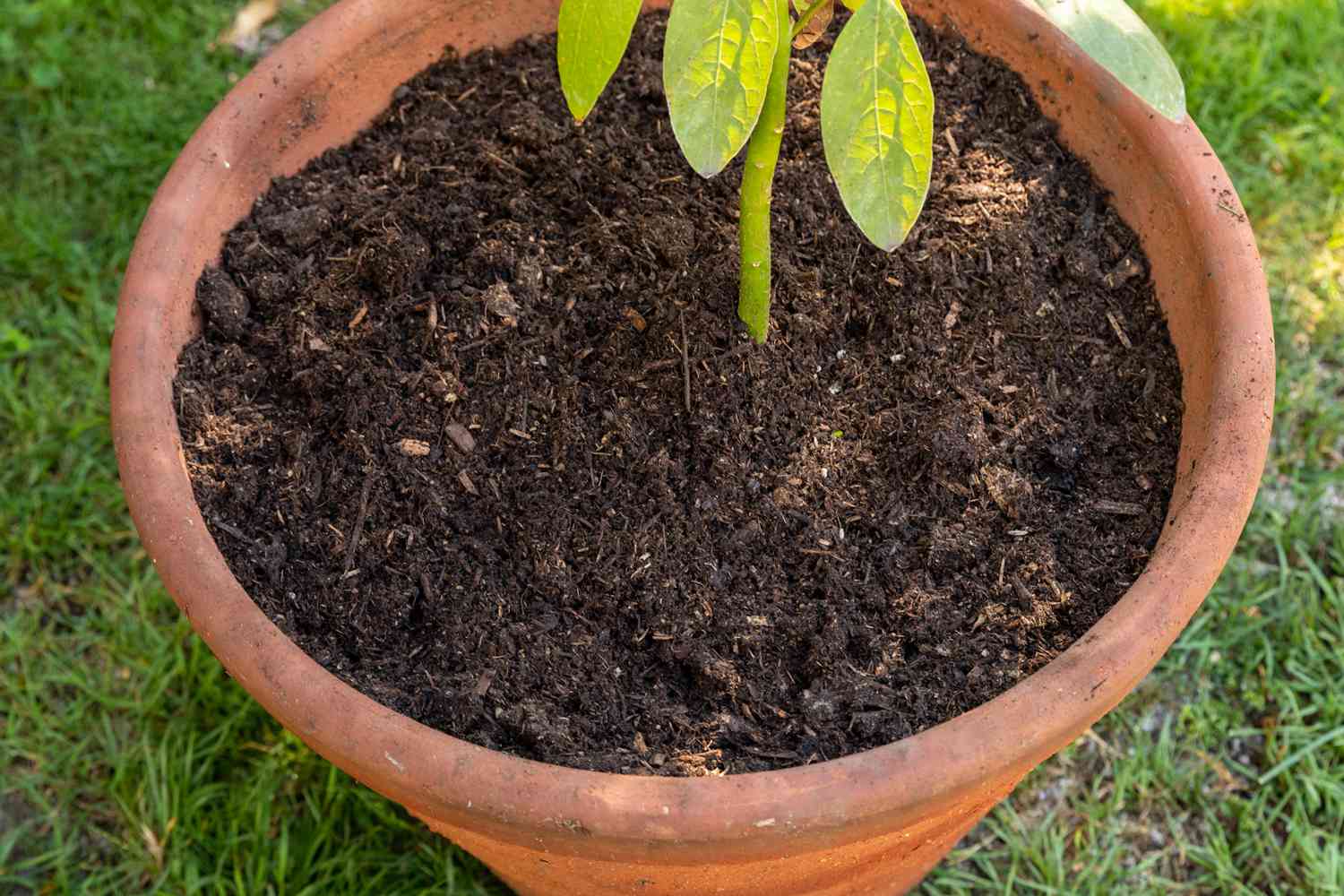

0 thoughts on “How Many Herb Seeds To Plant In A Pot”